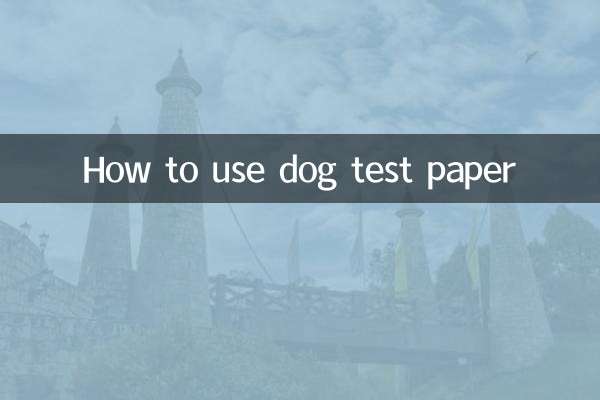How do cats get nasal congestion?
In the past 10 days, the topic of pet health has triggered widespread discussion on social media, especially the causes and preventive measures of feline nasal bronchitis (feline infectious rhinotracheitis). This article will use structured data and analysis to explain in detail the transmission routes, symptoms and prevention methods of cat nasal bronchitis.
1. Transmission routes of feline nasal branch

Feline rhinophyma is mainly caused by feline herpes virus (FHV-1) and is a highly contagious respiratory disease. The following are its main modes of transmission:
| Transmission route | illustrate |
|---|---|
| direct contact | Transmitted through saliva, nasal discharge or eye secretions of sick cats |
| indirect contact | Sharing items such as food bowls, cat litter boxes or toys |
| airborne | Droplets produced when a sick cat sneezes or coughs |
| mother-to-child transmission | Mother cats transmit the disease to their kittens through the placenta or lactation |
2. Groups with high incidence of nasal branch in cats
According to recent statistics from pet hospitals, the following groups of cats are more likely to be infected with feline nasal congestion:
| High-risk groups | infection rate |
|---|---|
| Kittens (under 6 months old) | about 65% |
| Immunocompromised cats | about 45% |
| Group cats | about 55% |
| Unvaccinated cats | about 70% |
3. Typical symptoms of nasal branch in cats
Symptoms of cat nasal congestion usually appear 2-5 days after infection and mainly include:
| Symptom type | Specific performance |
|---|---|
| respiratory symptoms | sneezing, runny nose, cough |
| Eye symptoms | Conjunctivitis and increased eye discharge |
| systemic symptoms | Fever, decreased appetite, listlessness |
| oral symptoms | Oral ulcers and drooling |
4. Preventive measures for cat nasal branch
According to the advice of veterinary experts, key measures to prevent nasal congestion in cats include:
| Precautions | Specific methods |
|---|---|
| Vaccination | Regular vaccination of cats with triple vaccine |
| Environmental health | Disinfect cattery and supplies regularly |
| Nutritional management | Provide balanced nutrition and enhance immunity |
| Quarantine new cat | New cats should be quarantined and observed for 10-14 days |
5. Treatment methods for cat nasal branch
Once feline nasal branch is diagnosed, the following treatment measures should be taken promptly:
| Treatment | Specific content |
|---|---|
| antiviral treatment | Use antiviral drugs such as ribavirin |
| antibiotic treatment | Prevent secondary bacterial infections |
| supportive care | Supplement nutrients and stay hydrated |
| eye care | Use eye drops or ointment |
6. Recent hot discussions
In the past 10 days of social media discussions, the following topics have received the most attention:
| topic | Discussion popularity |
|---|---|
| Home care for feline rhinoplasty | ★★★★★ |
| Vaccine expiration date | ★★★★ |
| Prevention of multi-cat households | ★★★ |
| Sequelae of feline rhinal branch | ★★★ |
Although cat nasal congestion is common, with scientific prevention and timely treatment, most cats can fully recover. If you find that your cat has related symptoms, please seek medical attention promptly to avoid worsening of the condition.
Warm reminder: The data in this article comes from recent clinical statistics of pet hospitals and social media discussions. Please refer to the veterinarian’s diagnosis for specific circumstances.

check the details

check the details